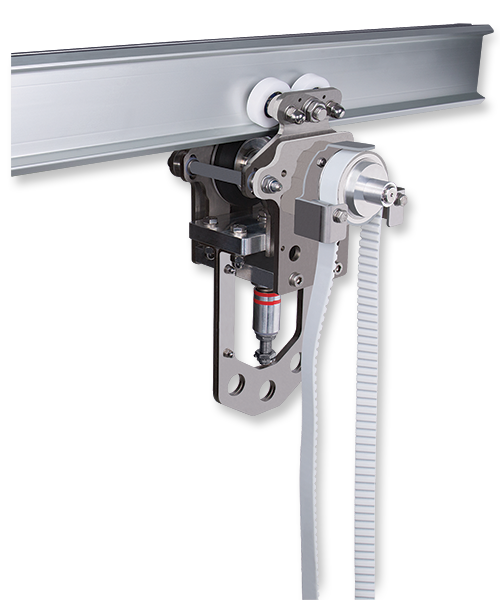
When tackling a construction or maintenance project, selecting the right rail system is crucial. In the Philippines, where diverse environmental conditions and architectural styles are prevalent, choosing the appropriate rail system can impact the efficiency and safety of your project. This guide will walk you through the essential considerations and options available to help you make an informed decision.
Rail systems are essential for accessing heights and performing tasks safely and efficiently. They serve various purposes, from building maintenance and facade cleaning to construction and other specialized applications. Rail systems come in different types, each designed to meet specific needs and requirements.
Project Requirements: The type of project you are working on will dictate the kind of rail system you need. Whether you’re conducting maintenance, cleaning, or construction, it’s essential to assess the height and accessibility requirements. For example, a high-rise building will have different needs compared to a low-rise structure.
Customization Options: Customization is key to ensuring that the rail system integrates well with your building’s design. Look for options that offer curved designs and powder coating in any RAL color. This not only enhances the aesthetic appeal but also ensures that the system complements the overall look of the building.
Movement and Operation: Rail systems come with various movement options, including manual, motorized, and battery-powered trolleys. The choice depends on the complexity of the project and the type of equipment you will be using. Manual trolleys are suitable for shorter tracks, while motorized or battery-powered options are ideal for more extensive systems requiring frequent movement.
Maintenance and Durability: Durability and ease of maintenance are critical factors in choosing a rail system. Aluminum and stainless steel are common materials used in rail systems. Aluminum offers lightweight and corrosion-resistant properties, while stainless steel provides robustness and durability, especially in harsh environments.
Aluminum Suspension Rail System: The Aluminum Suspension Rail System is a versatile option for a wide range of projects. It supports heights from 5 to 300 meters and can be customized with curved designs and powder coating. It’s ideal for building maintenance and facade cleaning, offering flexibility with manual, motorized, or battery-powered trolleys.
Concealed Rail System: The Concealed Rail System blends seamlessly into technical ceilings or soffits, making it an excellent choice for projects where aesthetics are a concern. This system offers similar customization options and supports various trolley operations, making it suitable for environments where visual impact is minimized.
Climbing SafeAccess Rail: The Climbing SafeAccess Rail is designed for inclined surfaces, such as facades or atriums with slopes up to 70 degrees. It features a robust stainless steel chain and rack & pinion system, providing secure and reliable access on steep inclines. This system is particularly useful for maintenance tasks on sloped surfaces.
Environmental Considerations: In the Philippines, environmental factors such as humidity, temperature fluctuations, and tropical weather can impact the performance of rail systems. Choose materials and designs that can withstand these conditions to ensure longevity and reliability.
Building Type and Design: Consider the architectural style and design of your building when selecting a rail system. Some rail systems are better suited for modern buildings with clean lines, while others are designed to blend with more traditional structures.
Regulatory Compliance: Ensure that the rail system you choose complies with local safety and construction regulations. This is essential for meeting legal requirements and ensuring the safety of personnel working with the system.
Several leading companies offer rail system in the Philippines, each with its own strengths and specialties. When selecting a provider, consider their experience, the range of products offered, and their ability to meet your specific needs.
Choosing the right rail system for your project in the Philippines involves assessing your project requirements, customization options, movement needs, and environmental factors. By considering these aspects and consulting with experts, you can ensure that you select a rail system that enhances the efficiency and safety of your project.
This blog celebrates exceptional companies that are exceeding expectations and achieving outstanding success, whether through innovative products, strong leadership, or other factors.